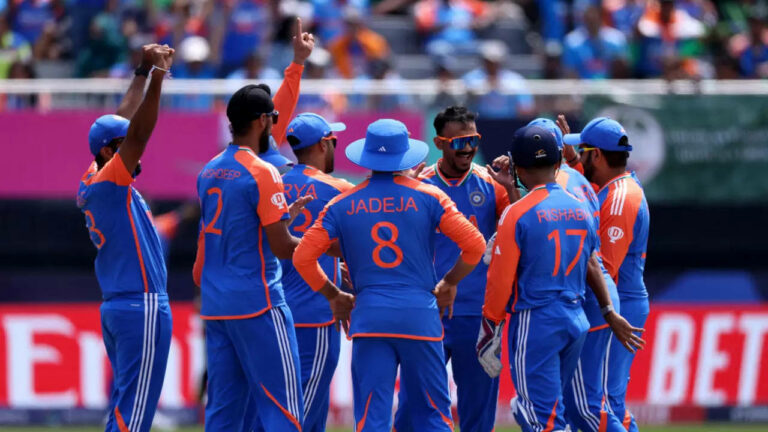Cricket’s Connection with Indigenous Knowledge Systems
Reddy Anna Book, Reddy Book Club: Cricket has woven itself into the fabric of indigenous communities across the globe, becoming much more than just a sport. The roots of cricket in these communities run deep, embodying a sense of tradition and identity that has been passed down through generations. Embraced for its adaptability and opportunities for social connection, cricket serves as a unifying force that brings people together in a shared passion. Throughout history, indigenous communities have used cricket as a vehicle for communication, celebration, and preservation of cultural heritage.
From the dusty fields of Australia to the lush landscapes of India, indigenous communities have nurtured a love for cricket that transcends boundaries. The game’s evolution within these communities reflects their unique values and perspectives, showcasing a blend of tradition and innovation. As indigenous players have risen to prominence on the global stage, their success has not only inspired future generations but has also highlighted the rich tapestry of cricket culture that exists within indigenous communities.
Traditional Practices and Rituals Associated with Cricket
Cricket, beyond being a sport, holds significant cultural importance in many indigenous communities around the world. The traditional practices and rituals associated with cricket often go beyond the boundaries of a mere game, reflecting deep-rooted beliefs and customs passed down through generations. Before a match begins, it is common for players to engage in rituals such as applying traditional markings on their bodies or reciting ancestral prayers for protection and success on the field.
Furthermore, the equipment used in indigenous cricket matches is not just seen as tools for playing but also as sacred objects with symbolic meanings. The cricket bat, for instance, is sometimes decorated with intricate designs or infused with spiritual significance to empower the player wielding it. These traditional practices and rituals not only add layers of meaning to the game but also serve to connect the players with their cultural heritage and ancestors, creating a deeper sense of belonging and identity within the cricketing community.
Impact of Colonialism on Indigenous Cricket Culture
Colonialism wielded a profound influence on the indigenous cricket culture, reshaping the traditional practices and rituals associated with the sport. The introduction of cricket by colonial powers led to a shift in the dynamics of the game, as indigenous communities adapted their playing styles and strategies to align with the European standards imposed upon them. This transformation not only altered the essence of the sport but also influenced the way it was perceived and experienced within these communities.
Moreover, the colonial legacy left a lasting impact on the infrastructure and organization of indigenous cricket, as the hierarchical structures imposed by the colonizers often marginalized indigenous players and limited their opportunities for development and advancement within the sport. The legacy of colonialism continues to reverberate throughout the indigenous cricket landscape, shaping the way the game is played, celebrated, and upheld within these communities.







